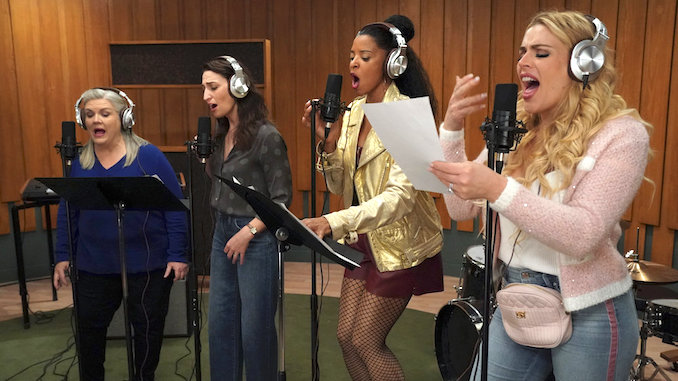Paste Power Ranking: The 5 Best TV Shows on Right Now, from Shrill to Girls5eva
Illustration by Christine Fernando and Soleil Collins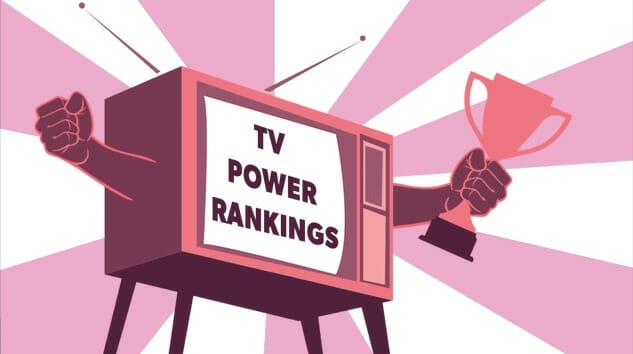
We didn’t really mean to make this week’s Power Ranking the “Women’s Power!” Ranking, but when you have shows this good all starring incredible women what can you do? Embrace it and celebrate it! An already stacked group of TV shows saw the final season of Shrill and the premiere of Girls5eva joining its ranked this week, creating a quintet of fantastic series to catch up with. But as always, don’t sleep on our Honorable Mentions—TV is good again, and we are so thankful for it.
The rules for the Power Rankings are simple: Any current series on TV qualifies, whether it’s a comedy, drama, news program, animated series, variety show or sports event. It can be on a network, basic cable, premium channel, Netflix, Amazon, Hulu, YouTube or whatever you can stream on your smart TV, as long as a new episode was made available the previous week (ending Sunday) —or, in the case of shows released all at once, it has to have been released within the previous four weeks. The voting panel is composed of Paste Editors and TV writers with a pretty broad range of tastes.
Honorable Mention: Rutherford Falls (Peacock), Star Wars: The Bad Batch (Disney+), Legends of Tomorrow (The CW), Mythic Quest (Apple TV+), Kung Fu (The CW)
5. Shadow and Bone
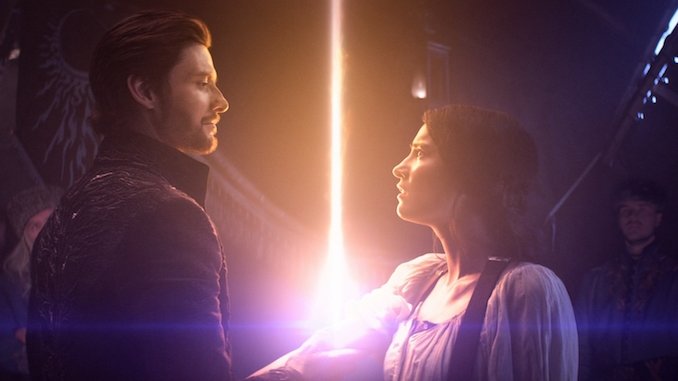
Network: Netflix
Last Week’s Ranking: 1
This Week: We wish this had been weekly, but it’s still a great binge.
Since Game of Thrones, all the cable and streaming networks have been looking for its successor. For many reasons, not many have ignited on a zeitgeist scale. Shadow and Bone feels like the first real contender. It lands across the board with its production value, tone, visual effects, and engaging characters, culminating in an exhilarating season finale which all points to a potential large-scale hit.
As a non-reader of Leigh Bardugo’s Grishaverse novels, but a great admirer of richly crafted, adapted fantasy on television and film, I went into Netflix’s Shadow and Bone cold. All I expected was that—as with most intricate world-building that transitions from page to screen—there’s often a steep learning curve in the pilot, as the language, regions, factions, and magical terminology gradually makes sense. Costumes can be a big visual shorthand with that, and let me tell you, this series offers a level of visual embroidery porn I was not prepared for.
This fabric cheat sheet was deeply appreciated, because the drab military wear of orphans-to-First Army BFFs, cartographer Alina Starkov (Jessie Mei Li) and tracker Malyen “Mal” Oretsev (Archie Renaux) make it clear these two outsiders are nothing in the eyes of those they report to in their encampment on the edge of the Unsea, or the Shadow Fold, a black magic cloud of evil mojo created by a Grisha hundreds of years ago. It splits the country of Ravka in two, making access to needed foods, supplies, and resources dire. Impossible to cross without Grisha help (and even then, there’s no guarantee because of the volcra monsters flying inside, ready to attack), it’s a sore point for the entire world. In particular, the leader of the Grisha, General Kirigan (Ben Barnes), a.k.a. the Darkling, is a Shadow Summoner obsessed with fixing the Fold. But can only do that with the powers of a Sun Summoner, someone who has never existed in their history… until now.
Of particular success is how well Heisserer and his writers set up the required mythology in eight episodes without being exhausting, all the while deftly laying an emotional foundation. The show also weaves an ensemble of support characters into strong B and C stories that are interesting enough to exist on their own, yet masterfully bump in and out of lead’s journey throughout. Here’s hoping Shadow and Bone takes off as our next great fantasy obsession. —Tara Bennett
4. Shrill
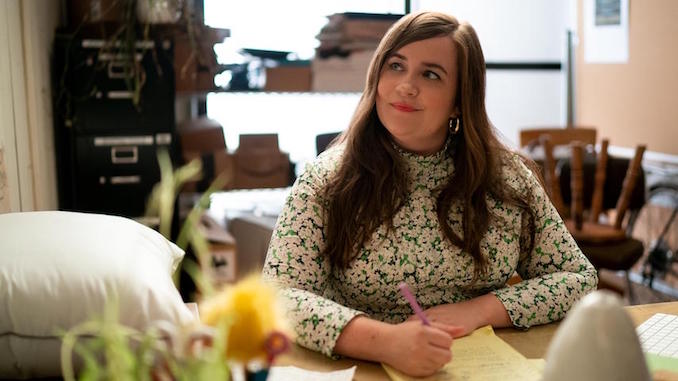
Network: Hulu
Last Week’s Ranking: Not Eligible
This Week: A charming farewell to a great series.
Towards the end of Shrill’s third season, Maureen (Jo Firestone) says to Annie (Aidy Bryant), “from the shit the flowers grow. And you are covered in shit!” In this final run of eight episodes, we see Annie liberated from her bad relationship with Ryan (Luka Jones) but still at risk of falling into self-destructive patterns. It’s one of the things that makes the show so emotionally authentic; Annie pushes herself to be better or do better but often ends up undercut by the persistent whispers of her insecurity and doubt. Who among us…!
Hulu’s Shrill has always been a breezy series that hangs on the charm of its lead, and Bryant once again arms Annie with an easy laugh and an open spirit. And while Shrill is successful with its quirky comedy and cast of oddballs (especially at Annie’s place of work, the alt-weekly paper The Thorn), it’s when the show challenges that and digs deeper that it does its best work. Still, the casually intimate way Shrill offers up its vignettes creates a personal connection to the material that makes it feel special—even when its beats are expected.
At the end of the season, it’s clear to Annie that a change needs to come, but it’s less certain how she’ll get there. Change is hard, it’s scary, and most of the time it’s a messy road to get there. But Maureen’s words hang over everything like a hopeful prophesy. Yes things are shitty now—but that could transform us into something beautiful if we allow it to. —Allison Keene
3. Mare of Easttown
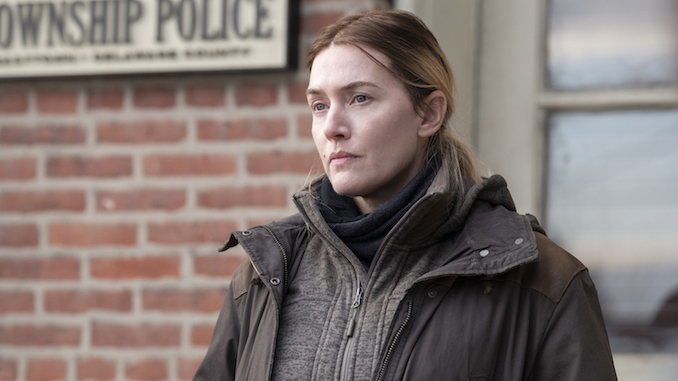
Network: HBO
Last Week’s Ranking: 5
This Week: It’s bleak, but it’s honest.
Is there such a thing as a sober, carefully considered obsession? If so, that’s what we encounter in the HBO limited series Mare of Easttown, a show that is ostensibly about a series of deaths in a hardscrabble Pennsylvania town, but is, in reality, about the heavy pain of being alive. The plights of our time are all on display in the series—poverty, depression, drug addiction, suicide—and the debilitating effects are handled with masterful subtlety. This is a Kate Winslet vehicle through and through, and for an actor once described as having the “soul and attitude of a jobbing actress, trapped in the body of a movie star,” here again we see her embodying a pained, difficult character who is not always sympathetic. As Mare Sheehan, police detective and former high school basketball star, she has suffered, and suffered, and suffered some more in ways that leave her defiant, sarcastic, and cynical, but too tough to be broken. It’s not an easy psychological space to occupy, but Winslet, looking appropriately haggard except in the rare cases when she decides to be beautiful—moments of hope that are almost more painful than the perpetual fatigue of reality—is more than equal to the task, carrying the show with all the brilliance you’d expect from somebody so talented. If you come to Mare for Kate Winslet, as many will, you won’t be disappointed.
There can be a nagging tendency, when depicting “strong women,” to atone for years of under-representation on the screen by turning them into invulnerable super women, conflating the two genres—drama and comic book—that should be kept separate. Mare stands out for its realistic depictions of this strength, highlighting not just the impressive resilience of its women, but the ways in which the need for this resilience takes its toll, both over time and in harsh, shattering moments. When those characters falter, or even break, it only serves to highlight that underlying strength; these are portraits written and directed by human beings with a deep understanding of how life works on the psychological margins. —Shane Ryan
2. Girls5eva
Network: Peacock
Last Week’s Ranking: Not Eligible
This Week: The perfect show at the perfect time.
Meredith Scardino’s series, which is also executive produced by Tina Fey and Robert Carlock—her bosses from Netflix’s Unbreakable Kimmy Schmidt—focuses on the four remaining members of a one-hit wonder ‘90s girl pop group. Thrown together then by a lecherous and demoralizing manager, they had nothing in common, no autonomy over their talents or their bodies, and no idea what they were getting into. They sang songs entitled “Jailbait” and “Dream Girlfriends” (which included lyrics like “We’ve got the kind of birth control that goes in your arm. And tell me again why Tarantino’s a genius”). Now Wickie (Renée Elise Goldsberry), Dawn (Sara Bareilles), Summer (Busy Philipps), and Gloria (Paula Pell) have all but been forgotten by anyone beyond a bored Wikipedia editor—until a chance at a comeback has them taking a second look at where they’ve been and where they’re going.
Girls5eva is a cautionary tale about the era of low-rider jeans and sateen “going out tops”; about a time when young girls were supposed to giggle when their boyfriends compared them to the women in Maxim magazine and didn’t flinch if their professors offered to buy them drinks after class. But it also has a special present for the Gen Xers, late Millennials, Xennials, and anyone else who groks with its commentary on aging and the frustration and rage one can feel over being ignored and underappreciated—especially the frustrations we have with ourselves for not being “better.”—Whitney Friedlander
1. Cruel Summer
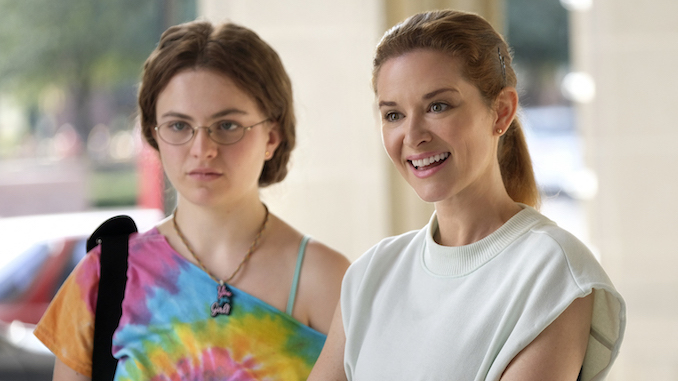
Network: Freeform (Next day on Hulu)
Last Week’s Ranking: 2
This Week: The Kate episodes just hit different.
I had to give up taking notes on Cruel Summer, Freeform’s new 90s-set teen mystery series, about 2,000 words in. That said, the very density that prompted me to get 2,000 words deep in a meticulous kind of madness before changing course is precisely the thing that’s likely to turn Cruel Summer into the internet’s next big generation-spanning hit. Truly, from its complex, triple-layered timeline to its compellingly intimate POV-flipping narrative structure to its viscerally accurate mid-90s details, Cruel Summer is custom-built to be an object of social media obsession.
In the one corner, you have Aurelia’s Jeanette Turner, who at any given moment is a sweetly awkward 15, or a recently popular 16, or a universally despised 17, and who may or may not be guilty of compounding another girl’s trauma. In the other corner, you have Holt’s Kate Wallis, who at any given moment is a universally beloved 15, or a freshly traumatized 16, or an acidly angry 17. In between them, you have a gulf of not-knowing—a not-knowing that at any given moment might come from one character’s inherent duplicity, the natural gaps in another’s first-hand knowledge of a situation, or the fundamental unreliability of memory even before intense emotion is involved. There are some truths that are more real for some characters, and less for others; some realities that are more tangible in one moment than they are in the next.
The likelihood that one girl is lying and the other telling the truth hangs over Cruel Summer like a thundercloud, but in giving the audience just one walled-off chunk of each girl’s side of the narrative at a time, the possibility that they’re both telling a story that’s true to them is just as present. In floating the mid-90s media’s take on Jeanette and Kate to the top of its story over and over again, Cruel Summer adds an important third perspective on the nature of reality, and all the ways in which it can be warped in the name of “truth.” —Alexis Gunderson
For all the latest TV news, reviews, lists and features, follow @Paste_TV.
